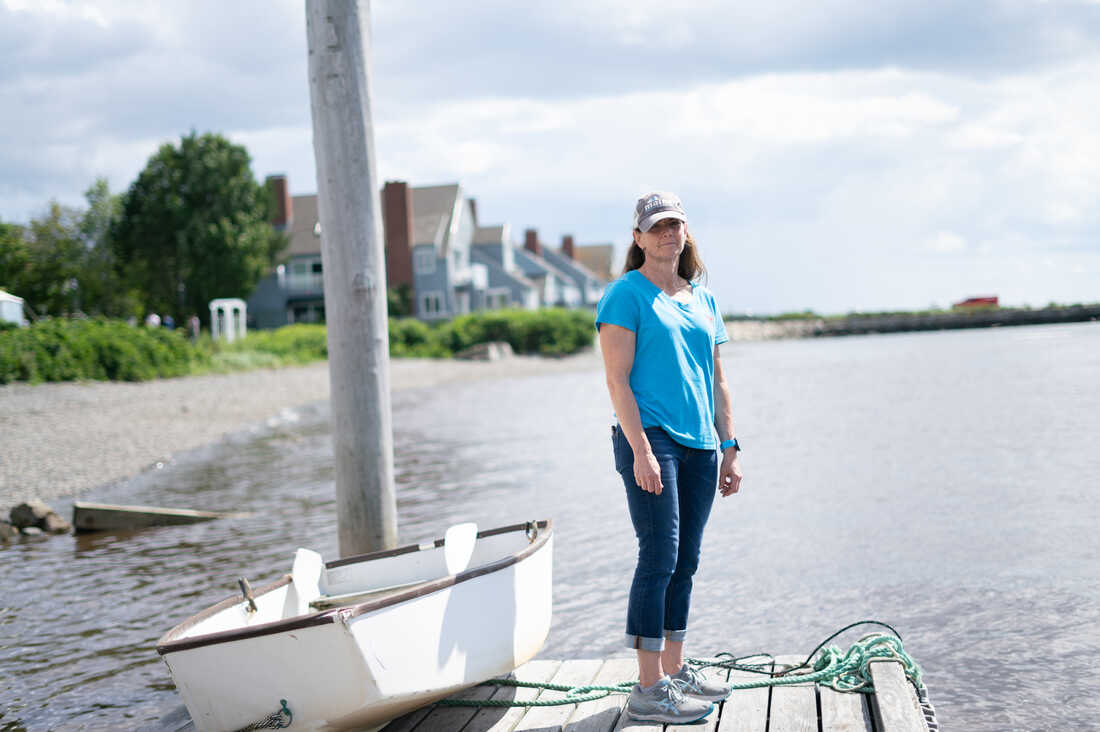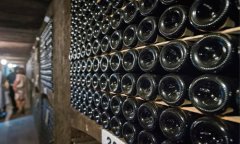
Enlarge this image
Nick Prior adds a keeper to the box for his grandfather Verge to band its claws. Nick hopes to continue the family tradition but isn't sure lobstering is sustainable as a career. Shannon Mullen for NPR hide caption
toggle caption Shannon Mullen for NPR
Nick Prior adds a keeper to the box for his grandfather Verge to band its claws. Nick hopes to continue the family tradition but isn't sure lobstering is sustainable as a career.
Shannon Mullen for NPRThird-generation lobsterman Nick Prior was in eighth grade when he started working as a sternman on Aquarius, the lobster boat his grandfather built. They still fish together out of Bremen in midcoast Maine. But now, Nick, who is in his last year of high school, is at the helm while Verge Prior, age 77, stuffs the bait bags and bands the claws of their catch. Between hauling traps, Verge quips that he plans to catch lobster until the end of his life. "Some days I feel it's going to be tomorrow, other days it seems longer."
His grandson wants to carry on the family tradition but thinks the future of lobstering is too uncertain to plan his life around. "There's no place I'd rather be during summers, fall and spring" than on a lobster boat, 17-year-old Prior says. But he's also interested in history and hopes to play baseball in college. "Long term I just don't see [lobstering] sustaining me, you know, to have the things I want and need in life."
Prior is one of just over a thousand Maine lobstermen who fish with student licenses while they're in high school or college and working toward a commercial license. State data show their numbers are down about 10% from a peak four years ago, after rising for almost a decade. "There's a lot of kids I know that go now that will not be doing it in even two, three years," Prior says.
Maine does not track how many lobstermen of any age are diversifying into other fisheries or the fast-growing field of aquaculture, even as those in the next generation face unprecedented uncertainty from forces within and outside the fishery. For one, the cost and effort of complying with evolving regulations aimed at protecting the lobster population and other species.
A new rule to protect whales means more costs for lobstermen

Lobsters collected from ropeless fishing gear are seen on Chris Welch's lobster boat off the coast of Kennebunkport, Maine, in July. The ropeless equipment is meant to protect North Atlantic right whales from being caught in fishing gear. Claire Harbage/NPR hide caption
toggle caption Claire Harbage/NPRThe latest federal rule, announced on Aug. 31 by the National Oceanic and Atmospheric Administration (NOAA), is part of a plan to stop endangered North Atlantic right whales from getting caught in fishing gear by 2030.
The agency estimates that the population's decline has accelerated in recent years, with 368 right whales remaining. NOAA has documented 34 right whale deathssince 2017, with at least nine of those mortalities confirmed to have been caused by entanglements in fishing gear, including gear used by commercial gillnet or lobster and crab fisheries on the East Coast.

The Salt To Save Whales, Maine's Iconic Lobster Industry May Have To Change
NOAA's new rule requires lobstermen to use gear with state-specific markings that can be traced if a whale gets caught, among other modifications such as weak points in fishing lines that allow entangled whales to break free. The rule will also allow lobstermen to use so-called ropeless gear — a costly and controversial new technology that's still in the early stages of development — in fishing areas that will be closed in certain seasons.








